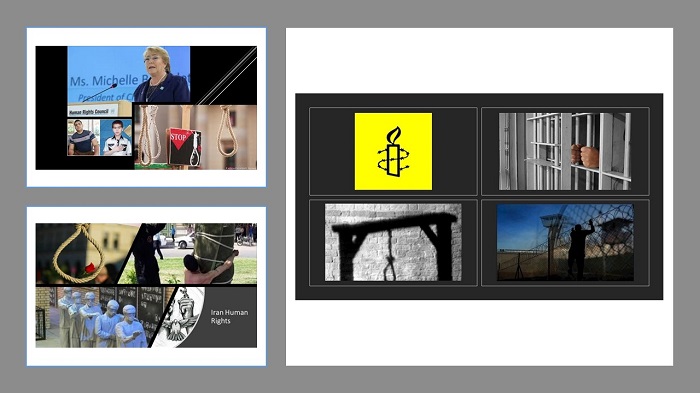
The National Council of Resistance of Iran (NCRI), and the People’s Mujahedin of Iran (PMOI / MEK Iran), reported that in Iran’s prisons, torture and inhuman mistreatment of detainees and convicts are among the most serious violations of human rights.
Many inmates or detainees have died
Many inmates or detainees have died as a result of injuries sustained while in detention, but the government has never admitted systemic responsibility, allowing the offenders to go unpunished.
With the rise of social media, the torture and maltreatment of prisoners and detainees, which has long been a dreadful characteristic of the Islamic Republic of Iran’s security establishment and judicial system, has gotten a lot more attention.
In several cases, cruel living conditions were the cause of death, which was worsened by a lack of medical attention.
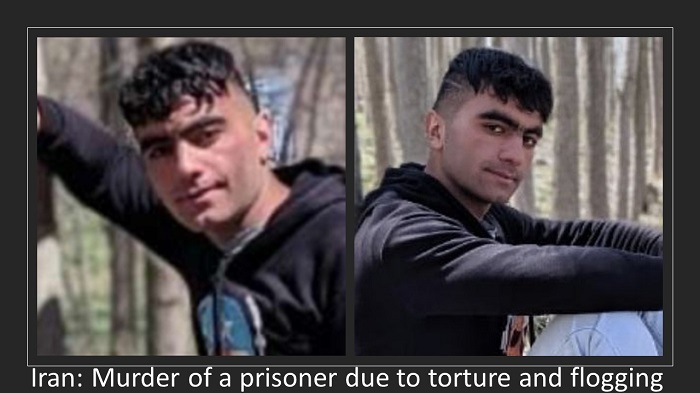
Amnesty International investigation
According to an Amnesty International investigation, Iranian authorities have neglected to account for at least 72 deaths in prison since January 2010, despite reliable accusations that they were caused by torture or other ill-treatment, or the lethal use of weapons and tear gas by officials.
Given the lack of transparency in Iran’s court system and the fact that many human rights crimes go unreported due to widespread fear of reprisal and systematic suppression of civil society, Amnesty International believes the true number of deaths in jail is likely significantly higher.
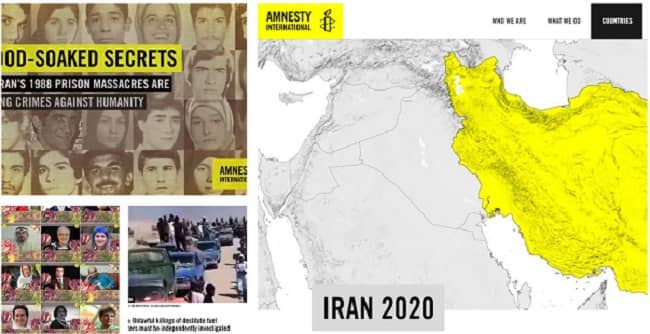
The death of dissident blogger Sattar Beheshti
The death of dissident blogger Sattar Beheshti in November 2012 from internal bleeding, hemorrhaging in his lungs, liver, kidneys, and brain, which followed the torture he underwent while in police prison, was one of the most violent and sad incidents of detainee mistreatment.
The Iranian judiciary, which is ultimately accountable for the protection of detainees, has never addressed the widespread abuse in Iran’s jails and detention centers, with the exception of a few low-ranking officers and officials.
Furthermore, in August 2021, photos and videos from Evin Prison’s surveillance cameras were leaked, exposing further mistreatment and abuses against inmates.
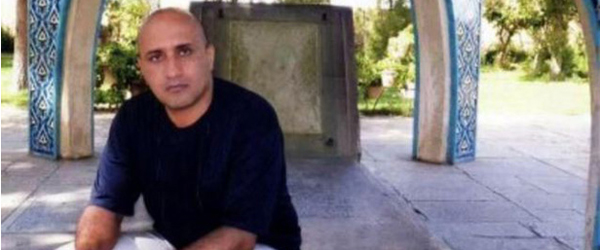
The leak of security camera footage from Evin Prison
Following the anonymous leak of security camera footage from Evin Prison on social media, the prison’s director, Mohammad Mehdi Haj Mohammadi, refused to resign as the authority in charge, promising instead to “deal firmly with the transgressors.”
Dual nationalities are among those who have died in Iranian prisons, with their families having little relief.
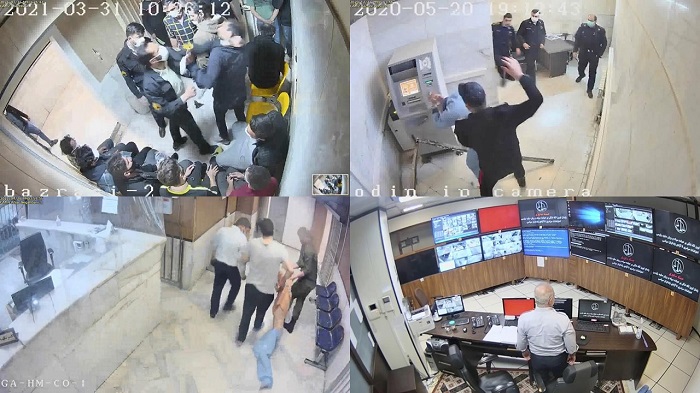
Photojournalist Zahra Kazemi died in captivity
After being detained in front of Tehran’s Evin Prison in July 2003, Iranian Canadian photojournalist Zahra Kazemi died in captivity.
In an Iranian parliamentary investigation, former Tehran prosecutor Saeed Mortazavi was implicated in her killing but never held guilty.
Despite laws and procedures designed to prohibit it, prisoners continue to be killed in Iran.
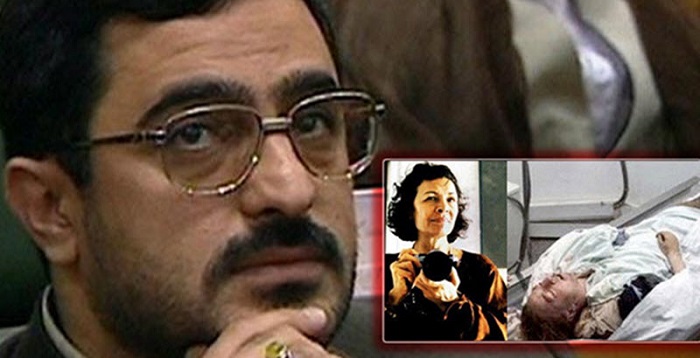
Prisoners continue to be killed in Iran
Article 38 of the Constitution expressly prohibits “all forms of torture,” while Article 39 specifies that “all affronts to the dignity and repute of persons arrested, detained, imprisoned, or banished in accordance with the law, in whatever form they may take, are forbidden and punishable.”
Officials can be tried for murder in some situations, although no one has ever been.
Following the announcement of Niknafs’ death, human rights advocate Saeid Dehghan remarked, “It would be considered intentional murder if a person deliberately commits an act that leads to a crime that was unintentional but committed with the knowledge that the action could lead to a crime.”
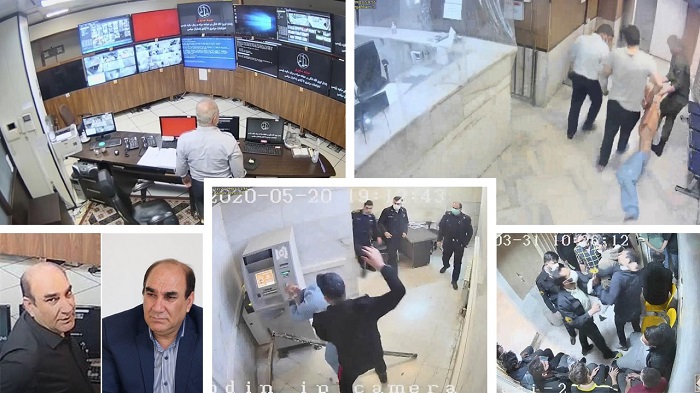
Follow Maryam Rajavi’s on her site Twitter & Facebook and follow NCRI (Twitter & Facebook)
and follow NCRI (Twitter & Facebook)
MEK Iran (on Twitter and Facebook)
and People’s Mojahedin Organization of Iran – MEK IRAN – YouTube







